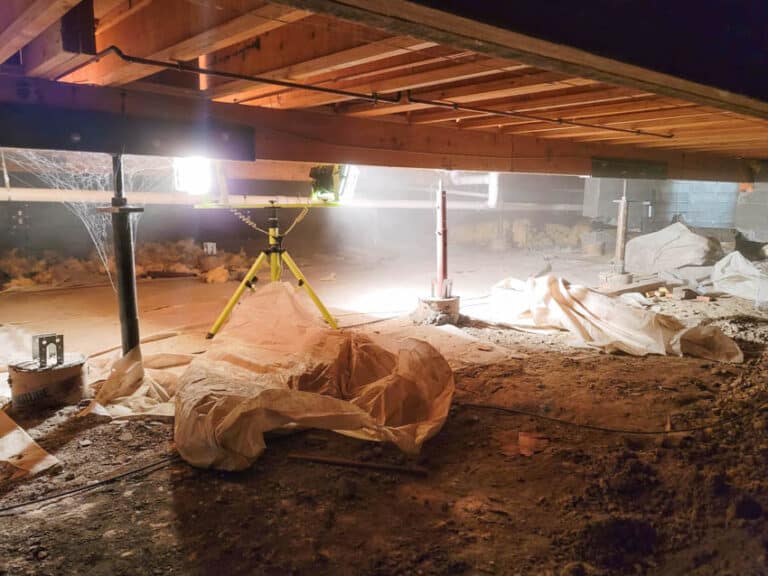Pros And Cons Of Whole House Surge Protector
Here we share our pros and cons of a whole house surge protector including what it is, how it works, advantages, disadvantages, cost, and if its worth installing for your home.
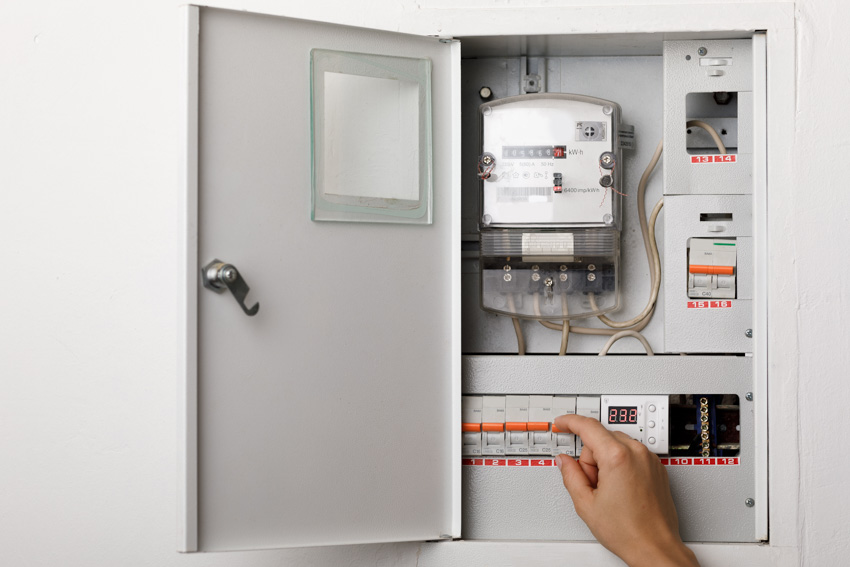
When it comes to outfitting your home with everything that it needs, you have to take practical factors such as safety and security into account as well as aesthetics. In this guide, we’ll take a look at one of the handiest tools you can install in your home: a whole house surge protector!
Keep reading and we’ll take a look at everything from what this device is, how it works, and even some of the pros and cons of having one to protect against power surges.
What Is A Whole House Surge Protector?
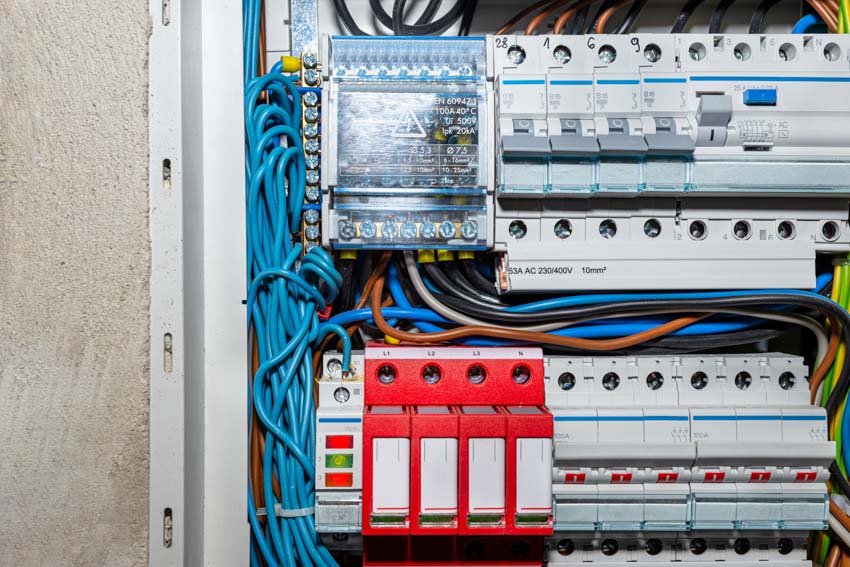
This device helps to prevent the negative results of power surges from affecting your home. This can include preventing appliance malfunction and fire hazards due to a power surge.
Given that we’re talking about a whole-home system, it’s worth noting that this will offer more protection than a localized option. For example, a protector power strip gives you a safe area to plug your appliances in.
The goal of this device is to help protect every outlet and appliance in your home, as well as protect the internal wiring in your home.
Another great benefit is its versatility. You can opt for an option that specifically comes to your home from an external source. For example, if there was a blackout or lightning strike, you’d be safe.
On top of that, you can opt for a system that protects from internal power surges as well. This adds another layer of utility in protecting your home and everything within it.
Overall, these are powerful tools that can stop a lot of electricity, usually at least 40,000 amps on the lower end.
If you want to keep an even closer eye on how these devices are doing, you can look for models with alarms or alarm types of lighting fixtures to let you know when the protector has been activated to protect your home.
How Does A Whole House Surge Protector Work?
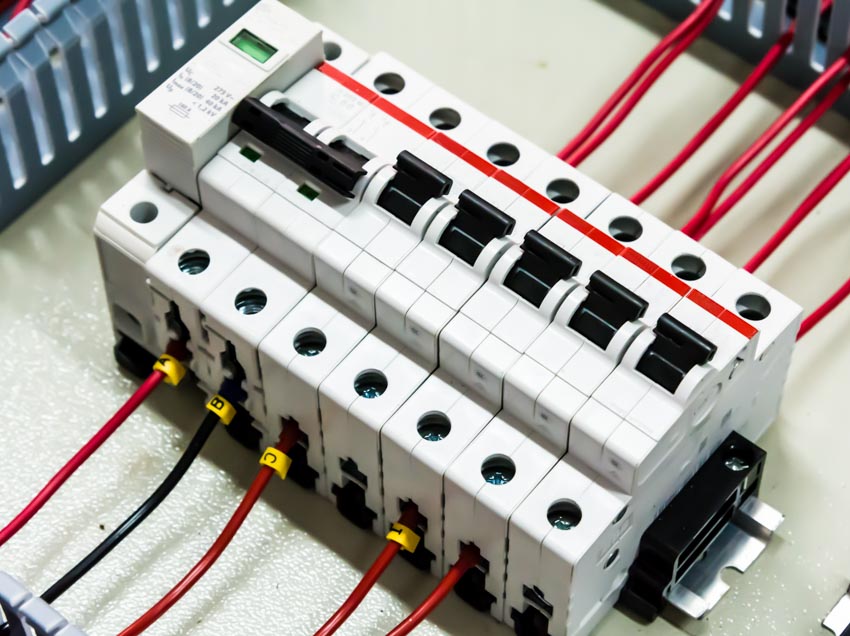
Now that you know what a whole house surge protector does, you might be wondering exactly how these devices manage to protect your home from these power surges effectively and without interfering with the safe electrical currents that you use every day.
The exact engineering behind how these devices work can seem a little complicated, so we’ll try to boil it down to simple terms here.
Electricity is measured in voltage. The higher that voltage is, the more powerful the electric current is. A power surge is marked by incredibly high voltage running through the system in your home – much higher than the voltage you use on a daily basis. If this electricity is unchecked, it can cause some real damage!
This is where a whole house protector comes into play. These tools remain rather passive when a normal voltage runs through your home system. This could include anything you use electricity for from charging your phone to brewing your morning coffee.
If the system detects an unusually high voltage, it stops it in its tracks. More specifically, it diverts that high voltage energy away from where it can do damage and in a safer direction.
Since this is a whole home surge protector we’re talking about, this type of protector should guard any electrical device you have plugged in as well as protect the internal electrical mechanisms that keep your home running.
Whole House Surge Protector Pros
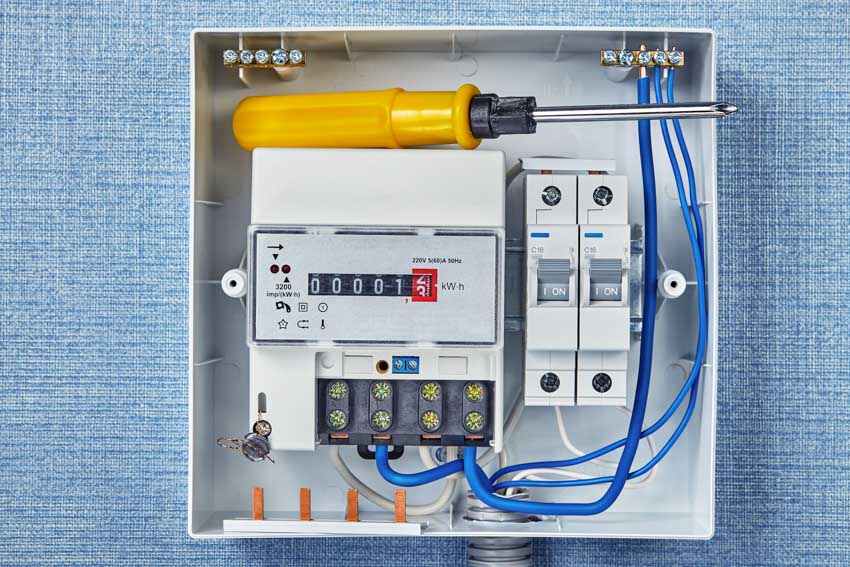
Everything comes with pros and cons, and this device is no different. To make a fully informed decision as to whether it is for you or not, examine first its advantages and disadvantages.
Protection from power surges – The primary benefit is that it protects your home from power surges. This means that if there’s an increase of voltage, you won’t have to worry about your outlets, interior wiring, and lighting from the negative effects of a power surge.
Helps reduce the risk of fires caused by overloaded electrical outlets – Naturally, this comes with one major protection for your home: another line of defense between a power surge and a resulting house fire.
While the sudden increase of voltage itself won’t cause a fire, an unprotected home can suffer from electrical fires due to malfunctions and sparks without a proper protector. By using this device, you’re helping to reduce the risk of that fire hazard occurring in your home.
Protect appliances and computers from power surges – On another practical note, these devices can help protect your appliances and computer systems as well. When a power surge occurs, there’s a risk for all of your appliances and other items that are plugged in.
By installing a protector, you’re helping to protect against damage to these items. From the blender or toaster plugged in on the kitchen counter to the laptop you were charging during the surge or the appliances found within the laundry room dimensions.
In general, if it’s plugged in, you’re protecting it from potential harm by employing a whole house surge protector.
Save money from damage caused by a power surge – Naturally, this can save you money in the long run if you were to experience a power surge. After all, not many people want a nasty surprise like having to replace multiple damaged appliances at once.
Whole House Surge Protector Cons
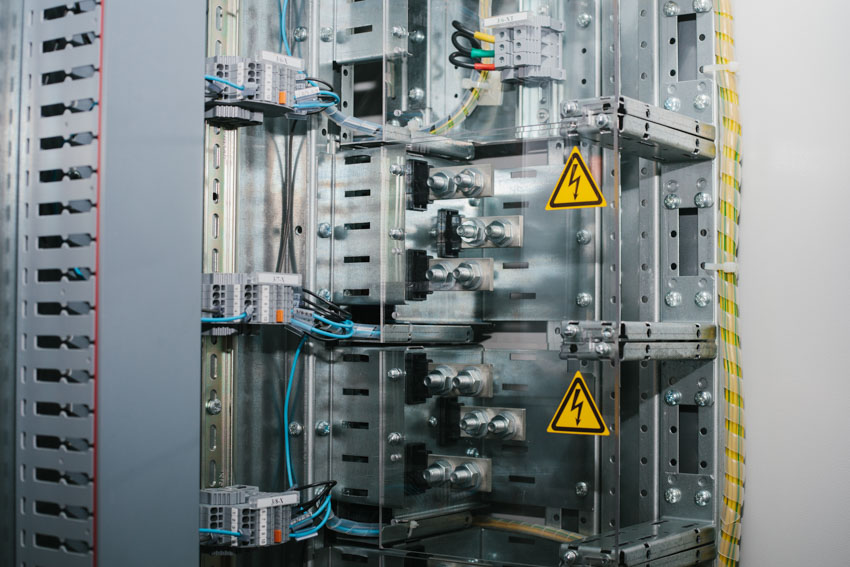
Now that we’ve gone over the pros , let’s take a step back and look at the cons associated with these devices.
Initial cost to setup – The first thing you’ll notice is the cost. We’ll get into the specific costs associated with this device in a moment. However, it makes sense that this would cost more than a more localized option like a surge protector power strip.
Needs professional installation – Of course, part of the struggle is the installation. This isn’t a project that you’ll want to take on as a DIY. Rather, you’ll need to account for an installation by a professional team.
At the end of the day, this is an electrical installation and it’s better to go into it with the right training and protection rather than learning as you go.
Another concept to keep in mind is making sure that your home is compatible with this system. This means that you have to have solid ground wiring to properly redirect the current as this device does.
As such, it’s a good idea to have professionals come check your ground wiring to see if everything is ready for the installation of this device.
Larger homes may need more than one unit – If you have a bigger house, you may need more than one whole house surge protector as well.
Some homes may require multi-level protection made up of a pair of systems rather than just one, especially if there you have many types of room in a house with their own corresponding appliances.
Whole House Surge Protector Cost
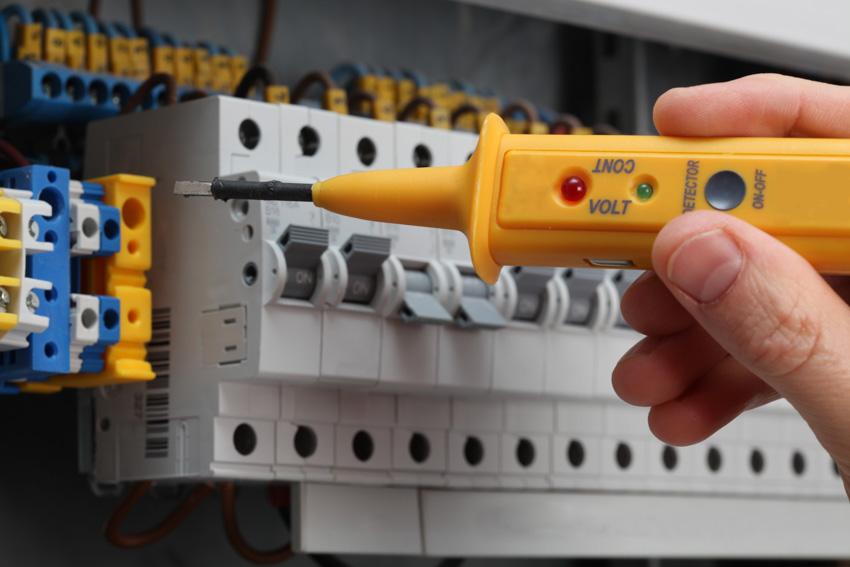
When it comes to any home improvement project, you have to consider the cost of the project. So, what sort of budget should you consider if you want to install this system
There’s actually quite a bit of range on the average cost of this device. It can cost anywhere between $70 to $700. However, most homeowners spend closer to around $300 for a standard type.
You’ll also want to account for the cost of installation as well. This cost can vary depending on the electrician that you hire for the job. However, most electricians charge an hourly fee for their services at an average of between $50 and $100 per hour.
Remember, this isn’t a DIY for someone inexperienced. The extra cost of installation is worth it over the risks of working with electricity when you don’t have training or experience. This is really a DIY you should only take on if you have previous experience working on electric installations.
Even then, you’ll want to make sure you carefully look over the manufacturer’s instructions and don all the right protective gear before you try this installation out.
How Long Does A Whole House Surge Protector Last?
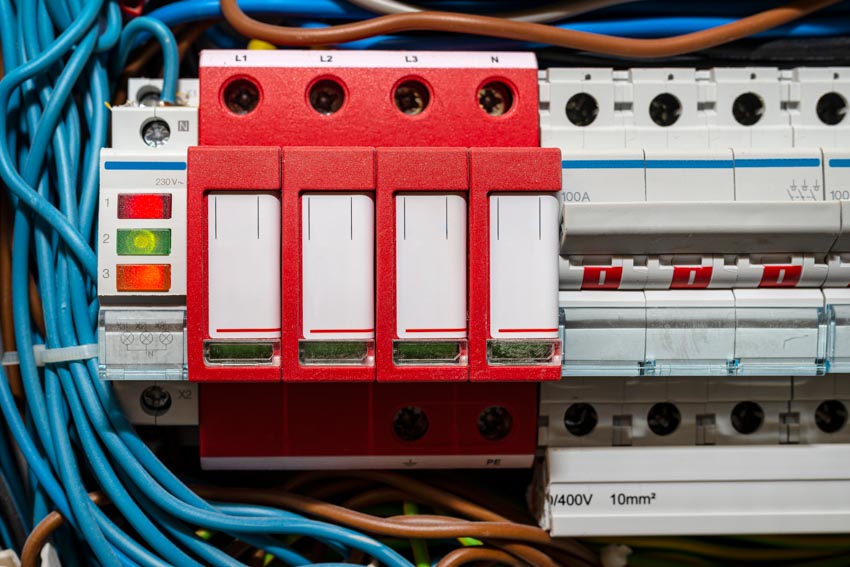
Part of understanding the investment of any home improvement project is knowing how long you’ll benefit from it. If you install a whole house surge protector in your home, how long can you expect it to last?
It’s actually a bit hard to come up with an exact lifespan for this device. On average, you can expect up to about five years for the standard type.
On the other hand, a more accurate and individual lifespan for your system can depend on some personal features. For instance, a system that has stopped more power surges is likely to have a shorter lifespan than a system that isn’t used as often.
If this system is used often, you can expect a lower lifespan. The lower end of the average for these types of systems is about two or three years.
In some cases, you may find that parts of the system need to be replaced sooner than others. If you find yourself in need of any repairs or replacements, this is another job that your electrician can help you with.
Whole House Surge Protector Installation
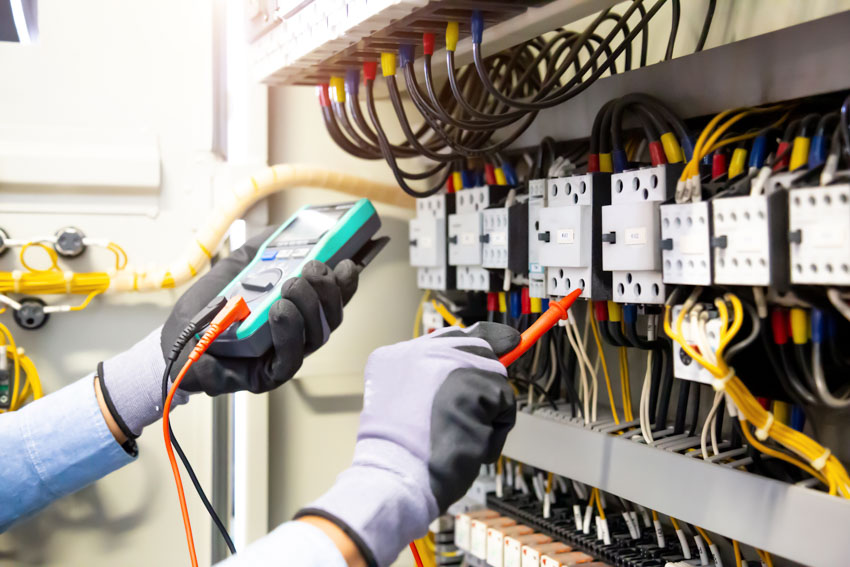
The first thing to note here is that the installation is a job best left to professionals. These are the general steps they will follow to install your new system, though. These steps may also vary depending on the exact whole house surge protector you choose.
To start, they’ll probably turn off the power. This is a common first step in any electrical project to reduce the risk of electrocution. The installation team will also take the additional precaution of wearing the right personal protective equipment to make working with electricity as safe as possible.
From there, they’ll start to do any prep work necessary to install your system. This can include working on checking your ground wiring and preparing to mount the panel properly. Once everything is ready, it’s time to mount the surge protector.
Once again, don’t forget that the exact steps for installation can vary depending on the surge protector you choose, so it’s always a good idea to reference the manufacturer’s guide.
After the device is mounted and secured, they’ll make sure to neatly reinstall anything they may have had to move or remove during the installation process. To make sure that it’s installed properly, the installation team will likely test your surge protector before calling it a day.
Is A Whole House Surge Protector Worth It?
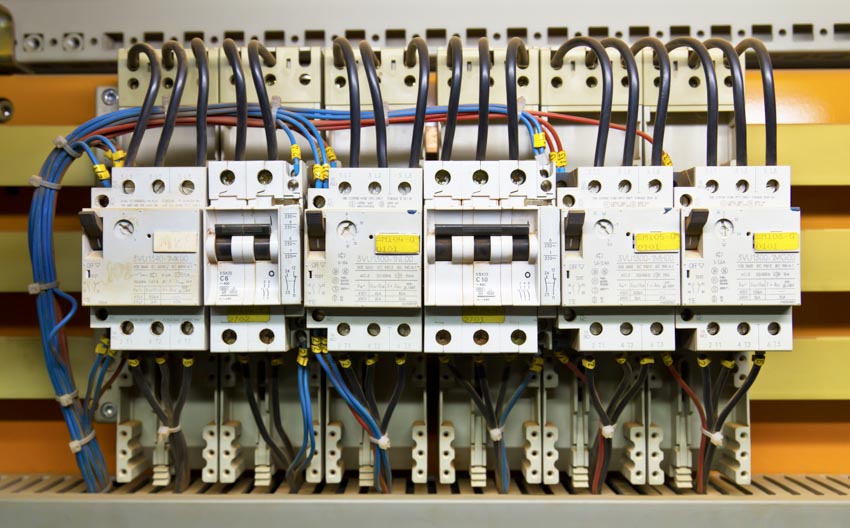
A whole house surge protector offers a lot of benefits to you and your home. Generally speaking, it’s a great choice if you want to make sure that your whole home is protected in case of a power surge.
This includes a number of benefits that come from having this system really helps with. For one, it will help your appliances and other electronics stay safe in case of a power surge. Even further, it helps ensure that other electronic components in your home such as internal wiring are protected as well.
Finally, power surges can lead to fire hazards as appliances start to malfunction and misfire. Since this device can help you avoid these problems before they start, installing one is a good measure to take against hazards that could lead to a house fire under the right conditions.
While there are some drawbacks, the benefits they offer are nearly impossible to overlook, making the answer to this question rather simple. At the end of the day, you can’t really go wrong with it.
They offer a lot of benefits and, at the end of the day, they can go a long way in protecting your electronics and even internal wiring. Plus, now you have all the knowledge you need to understand what a whole house surge protector is and exactly what it can offer your home.
See more related content in our article about the essential small kitchen appliances on this page.


